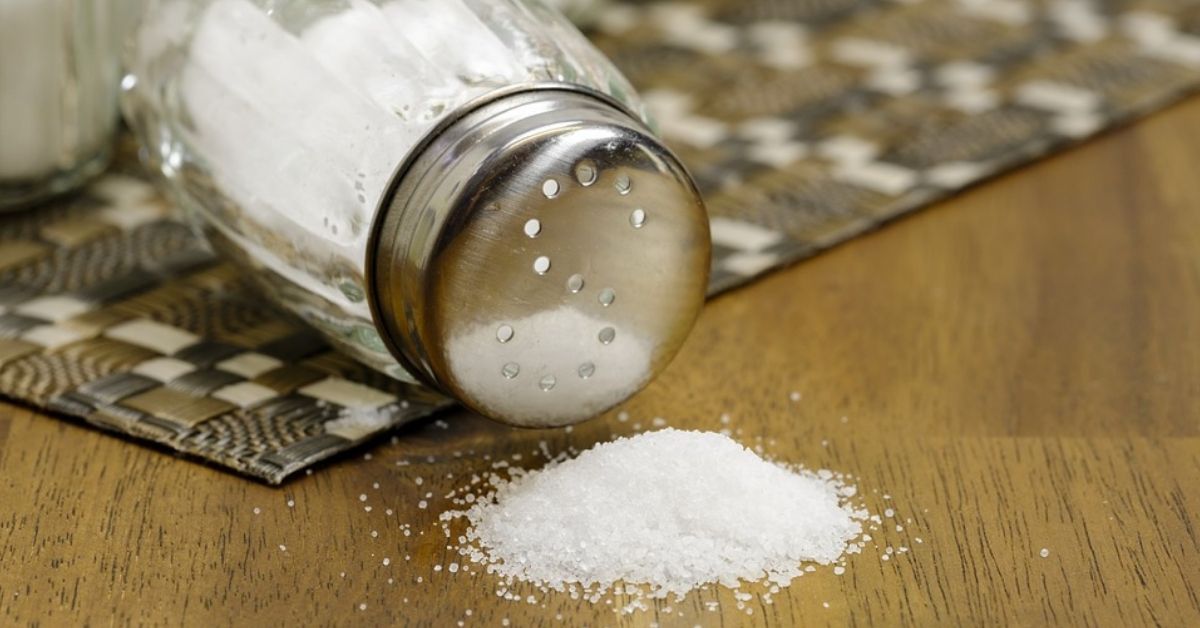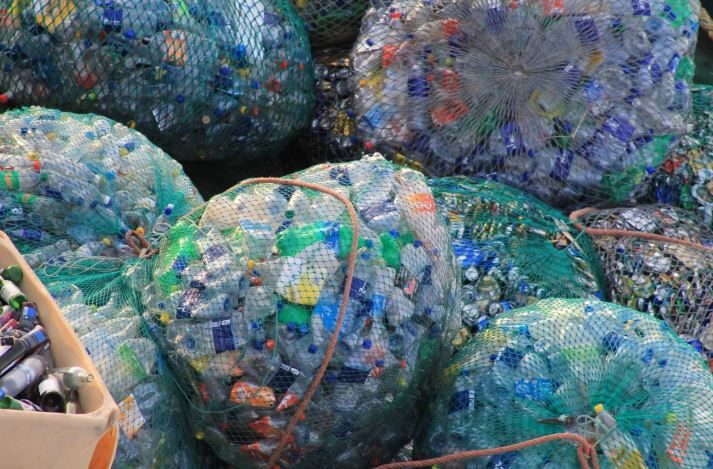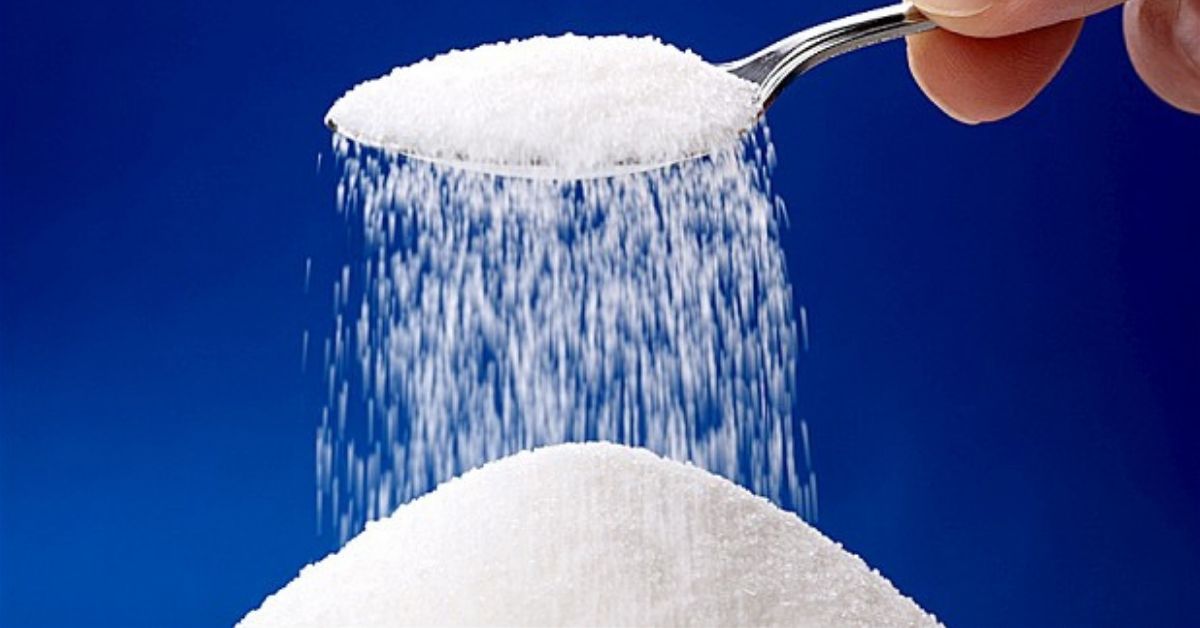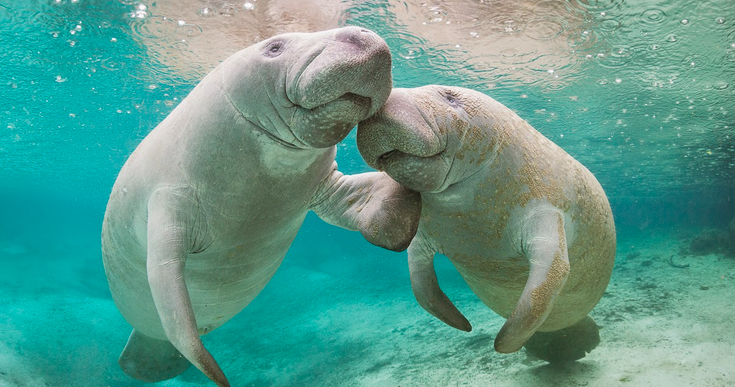After Starbucks announced that they're phasing out plastic straws from their stores in the next few years, people around the world started paying more attention to the devastating environmental effects of plastic.
Plastic pollution is not only affecting marine animals, but humans too.
A study published in the journal PLOS One found that plastic bags are actually a hidden source of greenhouse gases.
Now researchers have uncovered something even more startling about plastic: It's in our table salt.
According to NPR, the average American consumes nearly one ton of salt in a year. Yes, that's a ton of sodium.
While that's concerning on its own, a new study published in the journal Environmental Science & Technology found that 90% of table salt around the world contains high levels of microplastics, which are small pieces of plastic, invisible to the human eye, that pollute the environment.
Researchers in South Korea and Greenpeace Asia looked at salt samples from 21 countries on different continents.
Out of 39 salt brands tested, they found that 36 had microplastics in them.
"The findings suggest that human ingestion of microplastics via marine products is strongly related to emissions in a given region," Seung-Kyu Kim, a marine science professor at Incheon National University in South Korea, said.
Why is this concerning?
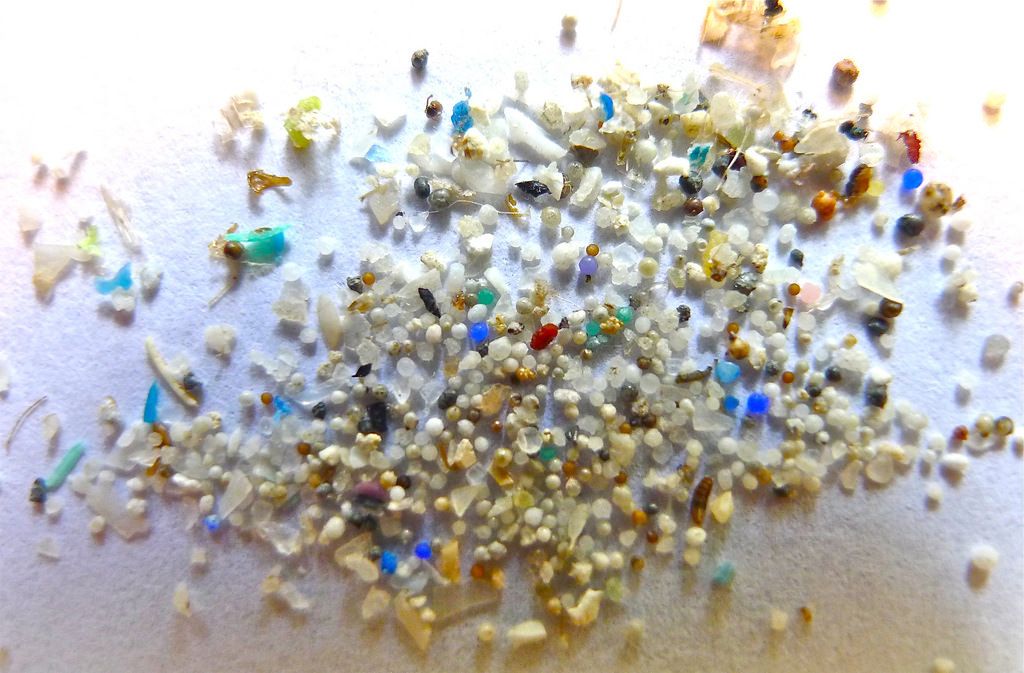
Table salt comes from mined salt from the sea, lake, or rock. While sea salt has the highest microplastics levels, and rock salt has the least, the fact that there is plastic in our food is concerning.
According to the researchers, the average adult consumes "approximately 2,000 microplastics per year through salt."
While the study notes that they're not exactly sure what this means for us, I think we can agree that no one likes consuming plastic.
One study in mice found that microplastics have serious health repercussions and are "potentially toxic," but scientists are still trying to understand the impact of plastic on the human body.
What you should do?
Although the highest plastic content in table salt was found in Asia, that doesn't mean you should brush off this study.
We can't omit salt from our diets, but we can limit plastic use and play our part to make a difference in the world.
Ways to become more environmentally friendly include shopping with reusable bags, buying reusable containers and water bottles, and refusing to use plastic straws and cutlery.
[H/T: National Geographic]
